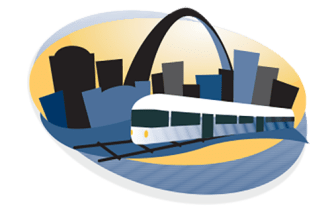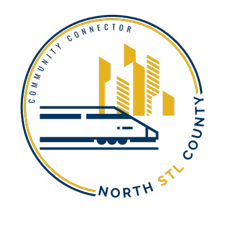FUNDING NORTHSIDE-SOUTHSIDE
The 2008 study determined that the Northside-Southside light rail project as studied could cost over $2 billion. However, it is also possible that the project could be funded and built in phases, depending on how people will best benefit from certain parts of the alignment and local funding. The Northside-Southside Study will help determine how all or segments of Northside-Southside could be funded both for construction and operations using local, federal, and other funding sources.
Federal Transit Agency New Starts Program
One of the important ways that Northside-Southside could be funded is through the Federal Transit Agency (FTA) New Starts program. New Starts is a nationwide, competitive funding process that helps pay for transit project construction and facilities. Every year, metropolitan areas across the country compete for New Starts funding, which can pay for up to 50% of the project cost. Each project is judged based on the New Starts criteria, which has two major components, Project Justification and Local Funding Commitment.
Project Justification criteria measure how Northside-Southside could transform neighborhoods, help area residents and businesses, and benefit the entire St. Louis region. The Northside-Southside Study will build off the work completed in 2008 (when the route was determined) and evaluate how these benefits have changed over the past decade. The study team will use demographic trends, transportation and census data, economic development analysis and very importantly, feedback from residents and businesses, to see how Northside-Southside measures up to New Starts criteria today and in the future.
A lot of the work to justify the project was done in 2008; this study will confirm and update those findings as needed. We need the community’s help in determining what the best Northside-Southside project would look like and how it could be funded.
Local Financial Commitment
Local financial commitment is an essential part of the Northside-Southside project. Not only is it required to compete for federal funding, it is necessary to make sure the project can be built and operate as needed. Current and potential local funding options include tax revenue, fares, public-private partnerships, private funding and state support.


